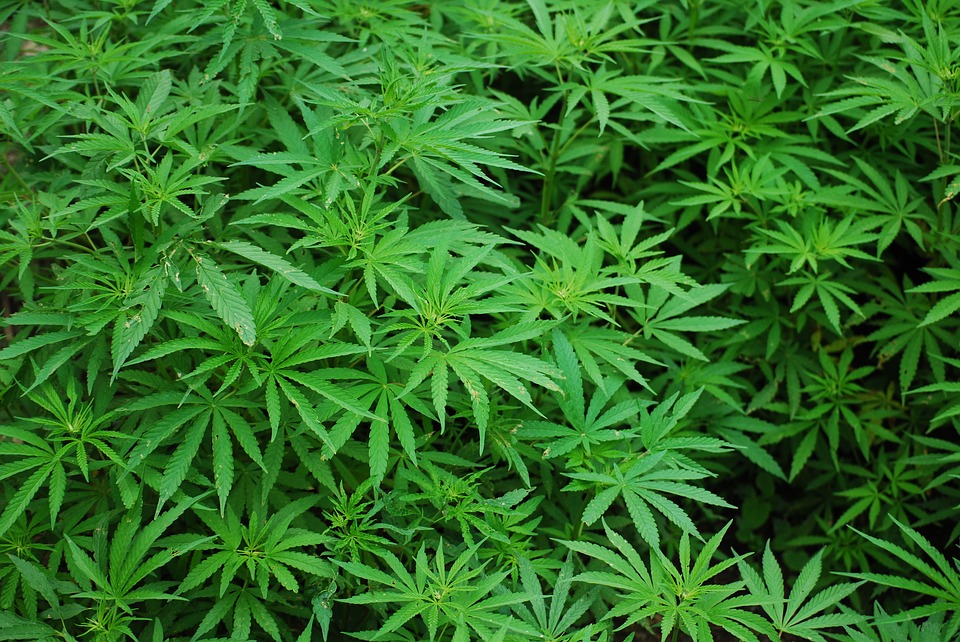
Recent research from Michigan Medicine at the University of Michigan reveals intriguing trends in ADHD medication use among children aged 5-17, following the national shortage of Adderall. The study, published in Pediatrics, highlights how the shortage has influenced prescription patterns and the overall management of ADHD in children.
Changes in ADHD Medication Use
At the onset of the COVID-19 pandemic in March 2020, there was a notable decrease in the dispensing of prescription stimulants for ADHD. The rate of prescriptions fell sharply but began to recover gradually, according to the researchers. However, the announcement of an Adderall shortage by the FDA in October 2022 caused another significant decline in Adderall prescriptions, while the use of alternative stimulants like dexmethylphenidate (commonly known as Focalin) surged.
The study, led by Sijia He, M.S., from the Susan B. Meister Child Health Evaluation and Research Center, analyzed stimulant dispensing rates using extensive national data. The findings indicate that many children did not stop stimulant therapy altogether but switched to alternative treatments during the Adderall shortage.
“This would be potentially concerning if the switches may have resulted in worsened ADHD control. We need more research to evaluate whether any switches led to adverse outcomes,” He said.
Variations by Age and Gender
The analysis also revealed interesting variations by age and gender. Among male adolescents (12-17 years), the rebound in stimulant dispensing was less pronounced compared to other groups, with a 19% lower rate than expected pre-pandemic trends by December 2023. On the other hand, stimulant dispensing rates for boys aged 5-11 years remained consistent with pre-pandemic expectations.
For girls aged 5-11 years, the stimulant dispensing rate was 9% higher than expected, aligning with prior studies showing an increase in ADHD diagnoses among girls during the pandemic. Senior author Kao-Ping Chua, M.D., Ph.D., from the University of Michigan Health C.S. Mott Children’s Hospital, suggests this might reflect a reduction in the underdiagnosis and undertreatment of ADHD in girls or an increase in symptoms of inattention during the pandemic.
Addressing Stimulant Shortages
The study’s findings underscore the broader implications of the Adderall shortage on children’s access to essential ADHD treatments. Chua emphasizes the need for policymakers to consider raising production limits for stimulants to ensure children are not deprived of necessary medications, even if adult demand continues to rise.
“Our findings indirectly demonstrate how increased demand for a medication class in adults may adversely affect access to these treatments for children,” Chua noted. “It’s crucial to address the shortage of stimulant medications because so many kids rely on them. Untreated ADHD symptoms can harm children’s health and learning.”
Implications and Future Directions
Given that ADHD is the most diagnosed neurobehavioral condition among U.S. children, ensuring a stable supply of stimulant medications is paramount. The study provides valuable insights into how medication shortages impact prescription trends and highlights the importance of accessible treatments for managing ADHD effectively.
As the medical community continues to navigate these challenges, ongoing research and policy initiatives will be vital in ensuring that all children with ADHD receive the necessary support and treatments to thrive.
